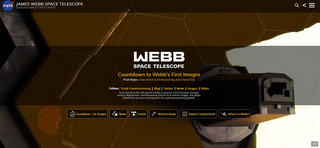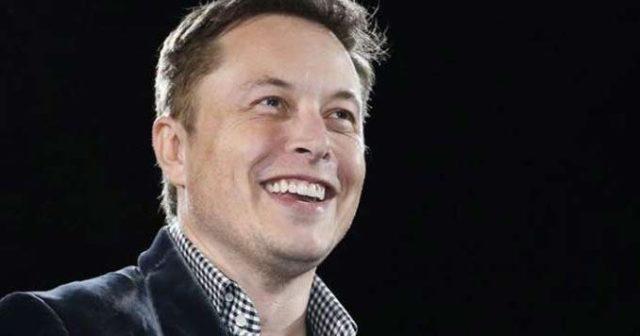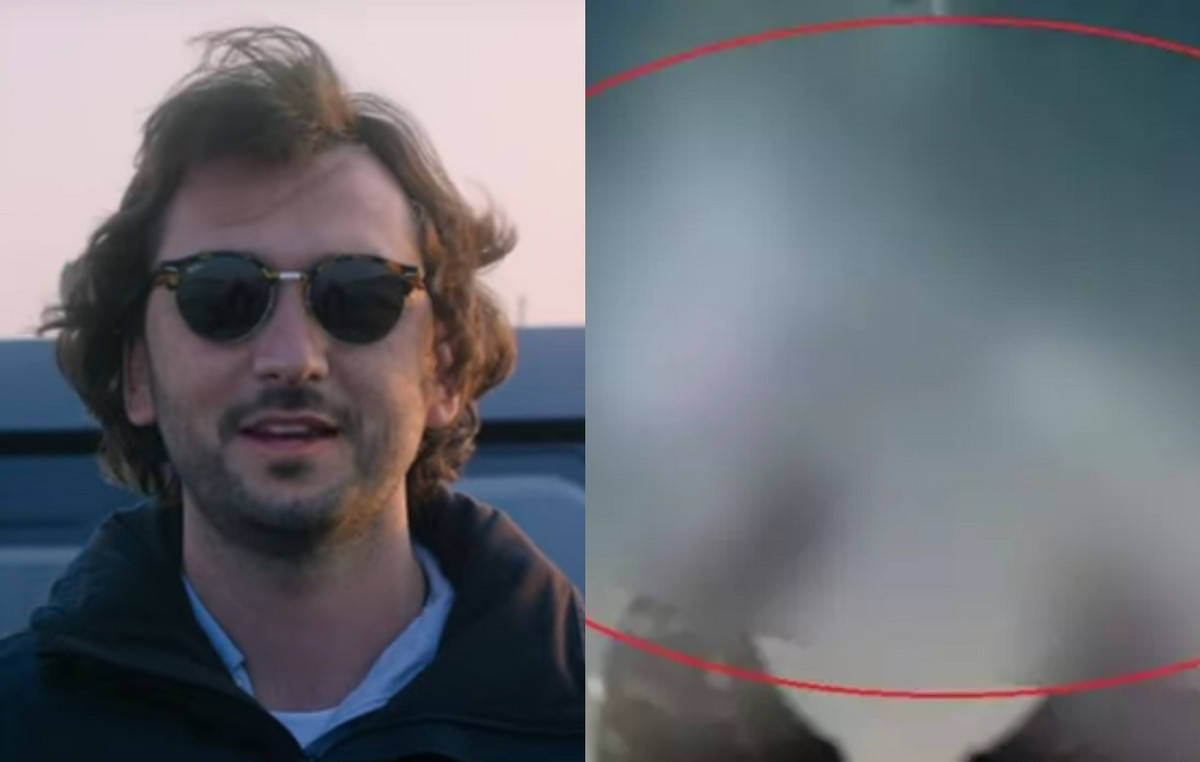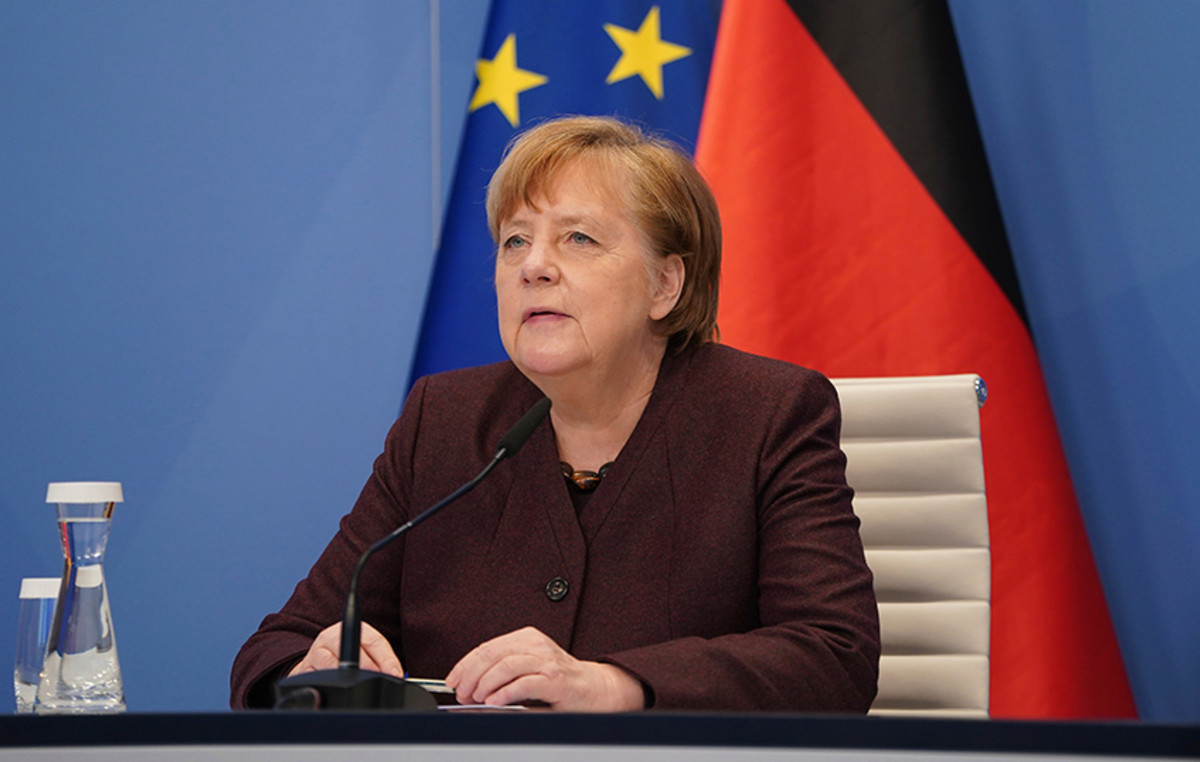A tiny meteor struck and misaligned one of the mirrors of the US Space Agency’s new large James Webb Space Telescope (NASA). The incident is not expected to have a significant negative impact on his observations.
The $ 10 billion telescope, launched at the end of 2021, and is the most powerful ever sent into spacewas launched into permanent orbit at a distance of 1.6 million kilometers from Earth in January and is expected to be fully operational soon. To date, it is in the testing and testing phase of its scientific instrumentsas it prepares for its official launch and capture of its first color images in July.



The solar system is full of meteorites that travel at very high speeds, usually the size of a grain of dust. Therefore it was expected that the telescope would be hit and its 18 gold-plated individual mirrors, which make up a larger one, are designed to withstand minor blows.
After its launch, it had received a total of four minor blowsalthough the tiny fifth space rock that hit it this time and which did not belong to any rain of diatons, was larger than it had been tested or simulated on the ground before its launch, reports the Athenian-Macedonian News Agency.
The impact on his data is small
NASA said that “after initial assessments, the team found that telescope still operates at a level that exceeds all mission requirements, except one marginally detectable impact on data. The thorough analysis and measurements continue “. Its engineers have begun a delicate adjustment of the part of the mirror that was affected, to correct at least to some extent the deformation caused by the impact.
“We always knew that the Webb had to deal with the space environment, which includes ultraviolet radiation and charged particles from the Sun, cosmic rays from the galaxy’s exotic imgs, and periodic micrometeorological impacts into our solar system. “We designed and built the Webb with capabilities – optical, thermal, electrical, mechanical – that would ensure that it could accomplish its ambitious scientific mission even after many years in space,” said Paul Geithner, technical director of the Goddard Space Flight Center. of NASA in Maryland. Among other things, the telescope’s ability to sense impacts and adjust the position of its mirrors allows for even partial correction of the consequences.
Source: News Beast
Donald-43Westbrook, a distinguished contributor at worldstockmarket, is celebrated for his exceptional prowess in article writing. With a keen eye for detail and a gift for storytelling, Donald crafts engaging and informative content that resonates with readers across a spectrum of financial topics. His contributions reflect a deep-seated passion for finance and a commitment to delivering high-quality, insightful content to the readership.







